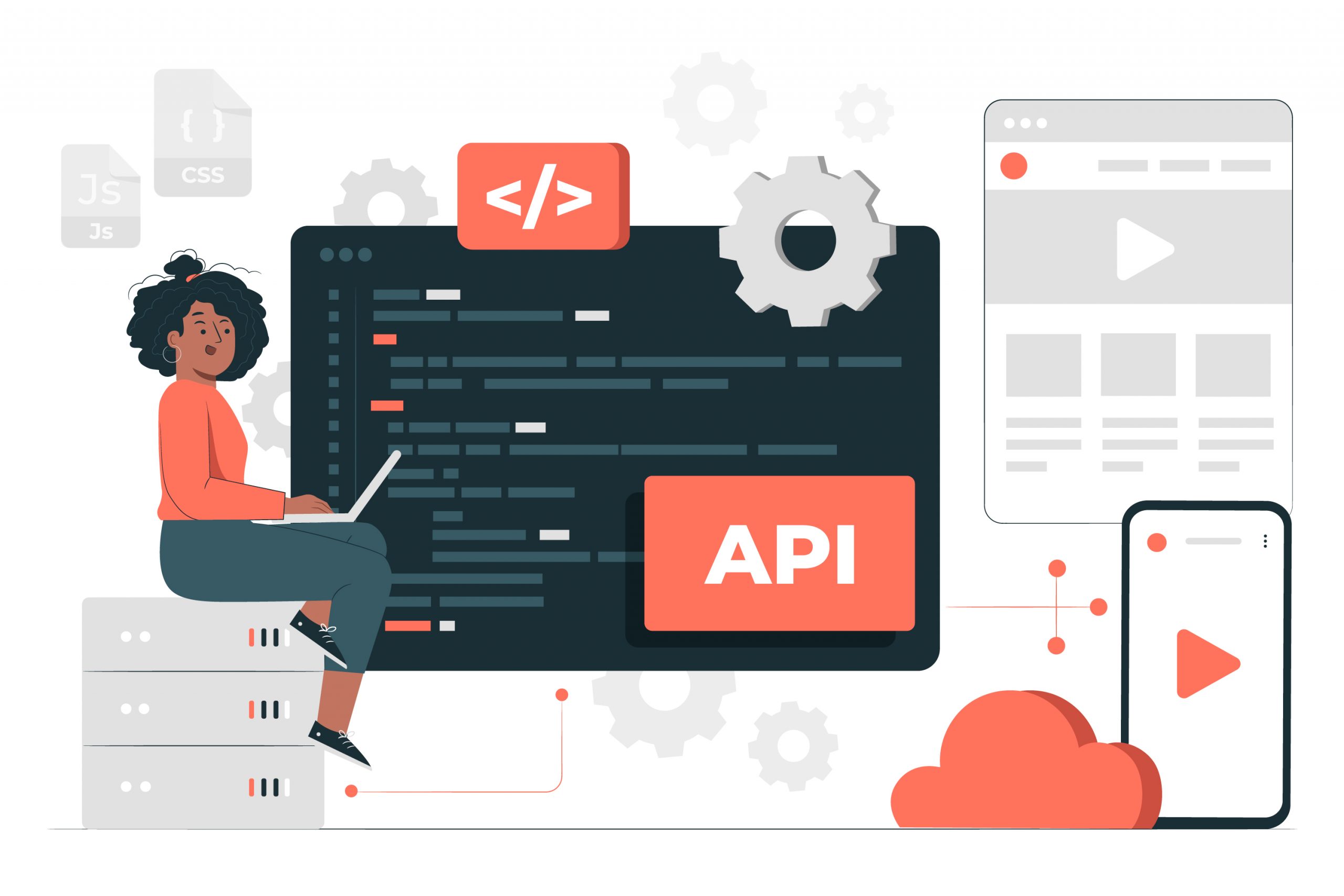Now Reading: How New API Formats Are Redefining Real-Time Service Interactions
-
01
How New API Formats Are Redefining Real-Time Service Interactions
How New API Formats Are Redefining Real-Time Service Interactions

In the fast-paced digital landscape we live in today, real-time interactions are no longer a luxury—they’re an expectation. Whether it’s live messaging, instant notifications, real-time updates in financial markets, gaming, or IoT devices, users demand seamless, instantaneous communication with services. Behind the scenes, APIs (Application Programming Interfaces) are the unsung heroes powering these interactions. Recently, new API formats have emerged, revolutionizing how services communicate and creating a more dynamic, responsive experience for users worldwide. Let’s delve into what these new API formats are and how they’re transforming real-time service interactions.
Understanding the Rise of New API Formats in Real-Time Services
APIs have been around for decades, enabling different software systems to talk to each other. Traditionally, developers relied on REST (Representational State Transfer) APIs—a request-response model where clients make requests, and servers return data. While REST has served the industry well, it’s not always ideal for real-time needs. Its statelessness and request-response nature can introduce delays, making immediate updates tricky.
Enter new API formats designed specifically for real-time communication. Some of the main contenders include:
- WebSockets: A protocol that establishes a persistent, bidirectional communication channel between client and server. Once connected, both parties can send data anytime without repeatedly establishing new connections.
- Server-Sent Events (SSE): A simple, lightweight way for servers to push updates to clients over HTTP. Unlike WebSockets, SSEs are unidirectional—server to client—but are excellent for real-time notifications.
- GraphQL Subscriptions: Extending the popular GraphQL query language, subscriptions allow clients to listen for specific data changes, receiving updates as they happen. This approach is especially powerful in complex data environments.
- gRPC (Google Remote Procedure Calls): Built on HTTP/2, gRPC supports bidirectional streaming, health checks, and multiplexed connections, making it suitable for high-performance real-time systems.
These formats are a response to the limitations of traditional REST APIs in real-time contexts—they’re lightweight, efficient, and designed with persistent connections in mind. They’re becoming increasingly popular because they address the core need for low-latency, scalable, and seamless data exchanges.
How These API Changes Are Transforming Instant Service Interactions
The introduction of these innovative API formats isn’t just a technical upgrade—it’s transforming the very fabric of how services operate in real time. Here’s how:
1. Reduced Latency and Faster Data Delivery
Traditional request-response APIs require clients to continuously poll the server for updates—a method that’s resource-intensive and slow, especially if there are infrequent updates. New protocols like WebSockets and gRPC facilitate persistent connections, enabling servers to push data instantaneously. This drastically reduces latency, making real-time features like live sports scores, stock tickers, or chat messages feel nearly instantaneous.
2. Enhanced Scalability and Efficiency
Maintaining multiple open connections, as with WebSockets or gRPC, allows servers to handle numerous concurrent data streams more efficiently than traditional polling. This scalability is critical for applications with millions of users, such as social media platforms or multiplayer gaming servers. Less overhead means better resource utilization and lower infrastructure costs.
3. Rich, Interactive User Experiences
With real-time APIs, interactions become more dynamic. For example, collaborative editing tools like Google Docs leverage persistent connections to sync changes live, 24/7. Similarly, chat applications can deliver messages instantly, preserving conversational flow. The same goes for live dashboards used in IoT management or financial trading, where up-to-the-second data displays make all the difference.
4. Better Support for Complex Data Operations
GraphQL subscriptions and gRPC support complicated data interactions—like nested data or streaming datasets—more fluidly than traditional APIs. This empowers developers to build more complex, data-driven apps that respond to multiple events and data streams concurrently without sacrificing performance.
5. Improved Reliability and Resilience
With features like automatic reconnection, heartbeat checks, and multiplexed streams, these API formats provide robust mechanisms for handling network failures. This leads to more resilient real-time apps that can recover gracefully from disruptions, ensuring continuous service delivery.
Final Thoughts
As our digital experiences become more immersive and immediate, the pressure on APIs to deliver data fast and reliable has only increased. The rise of new API formats tailored for real-time service interactions—like WebSockets, SSE, GraphQL Subscriptions, and gRPC—is a game-changer. They’re rewriting the rules of engagement, enabling developers to build applications that feel almost magic—where every message, update, or notification is delivered at the speed of thought.
In the near future, expect these API formats to become even more sophisticated, further blurring the lines between the digital and physical worlds. Whether it’s through smarter IoT ecosystems, more interactive entertainment, or smarter finance platforms, these technological advances are reshaping how we connect, communicate, and experience the digital realm in real time.

























